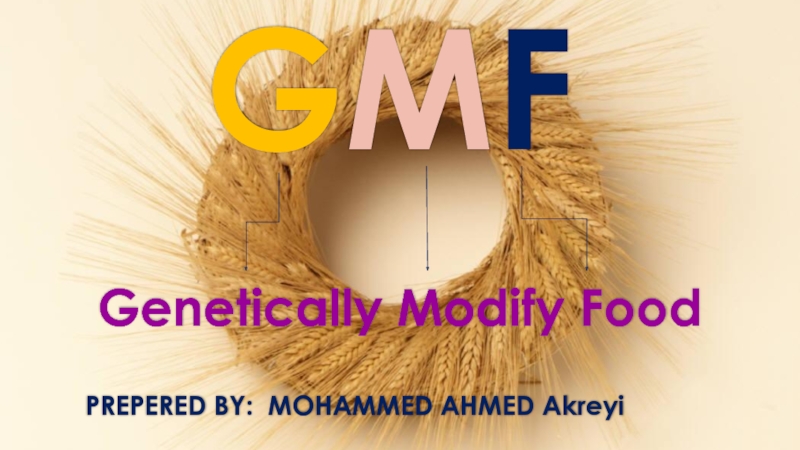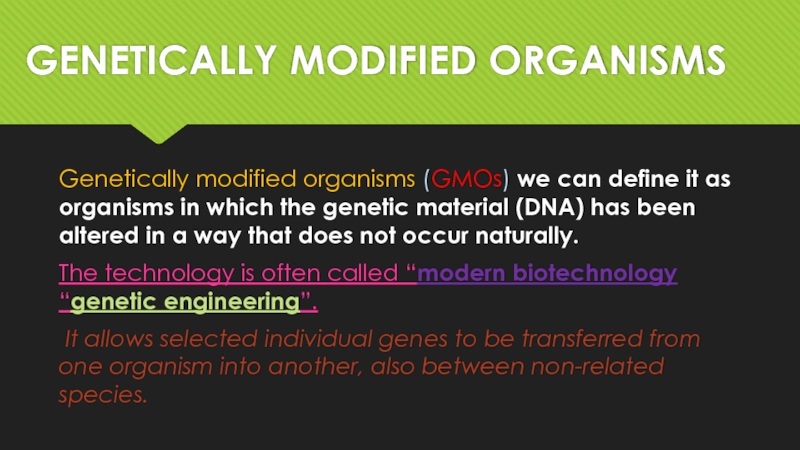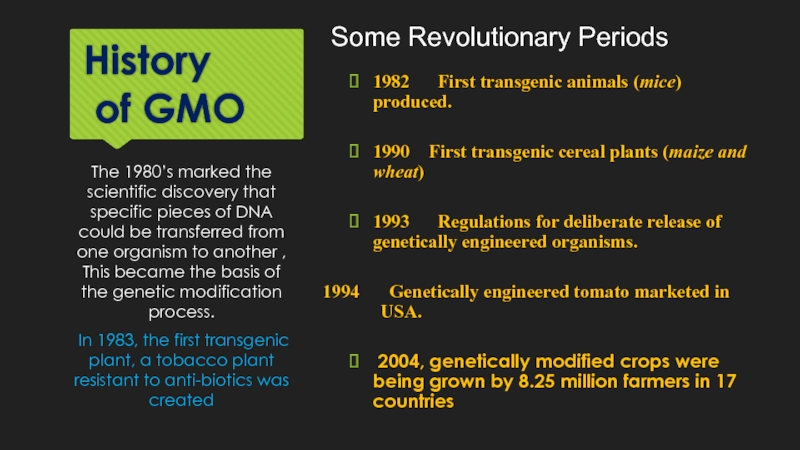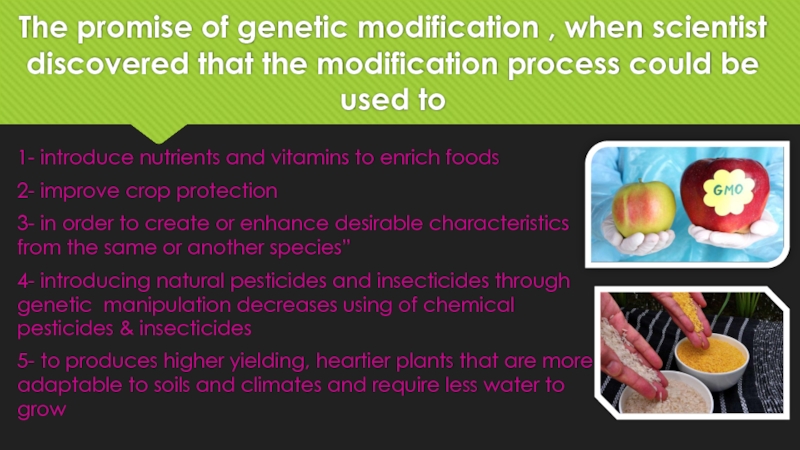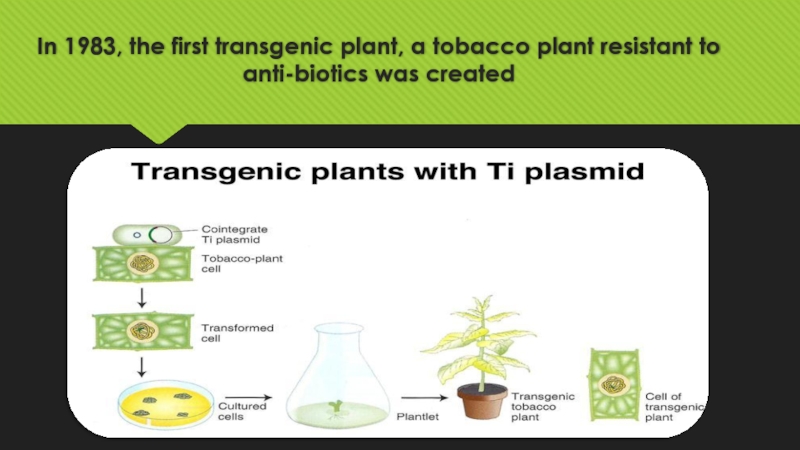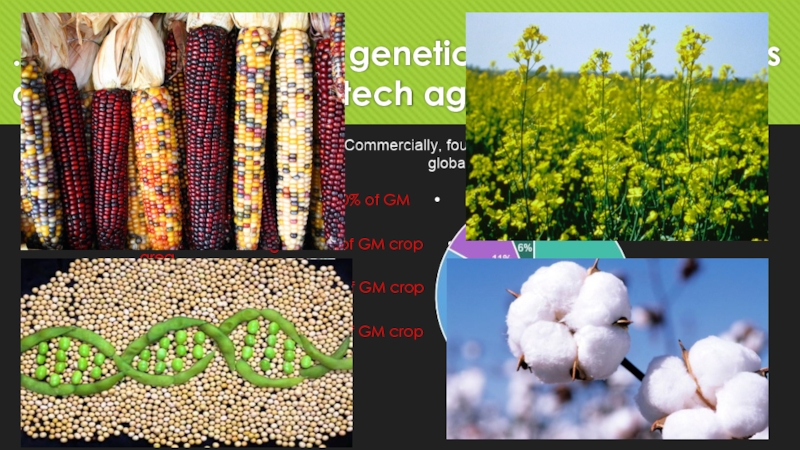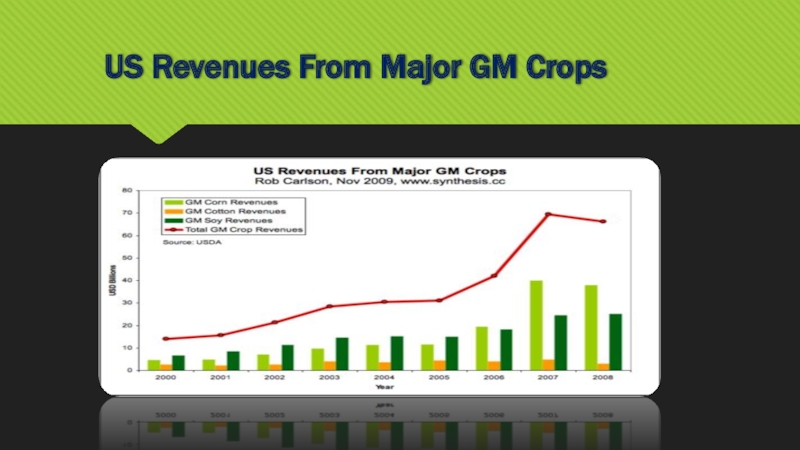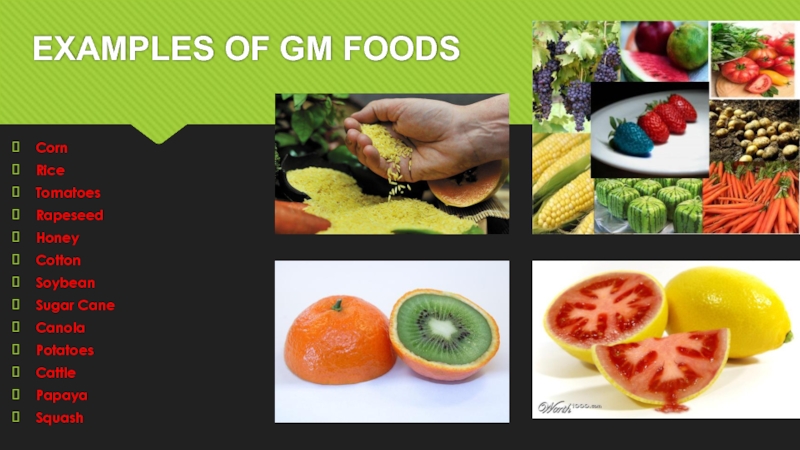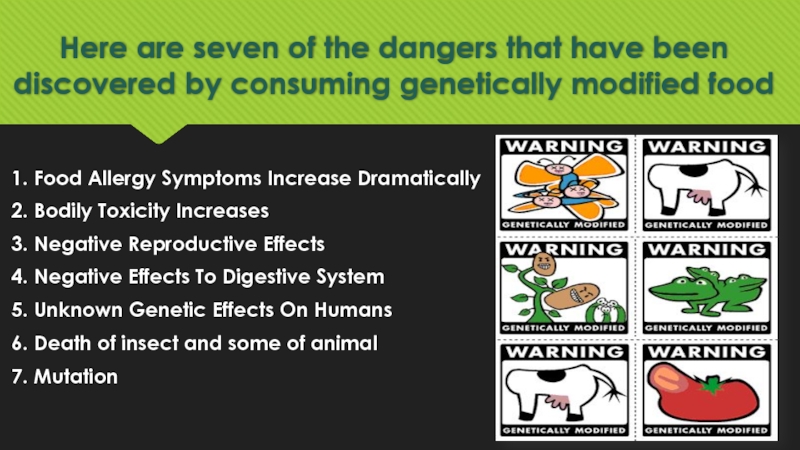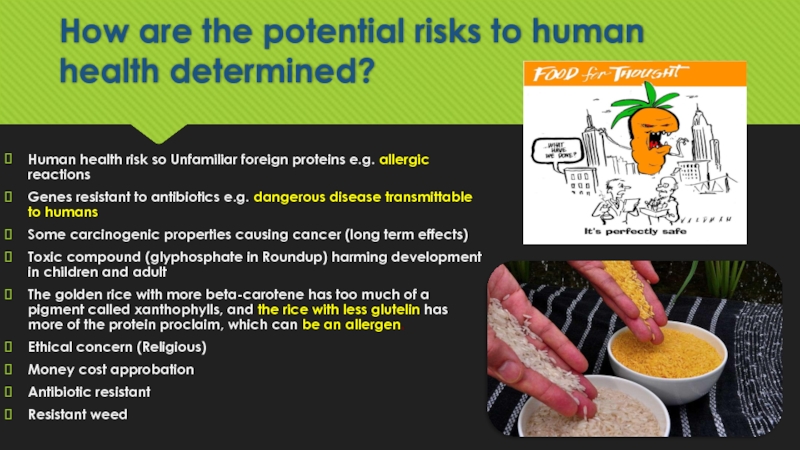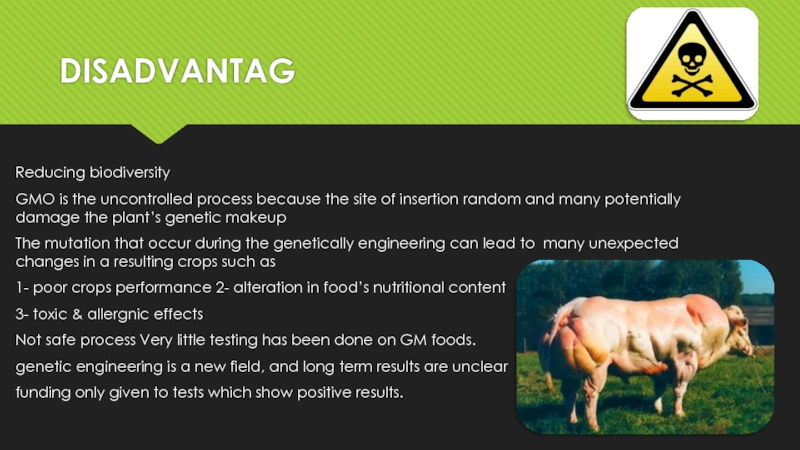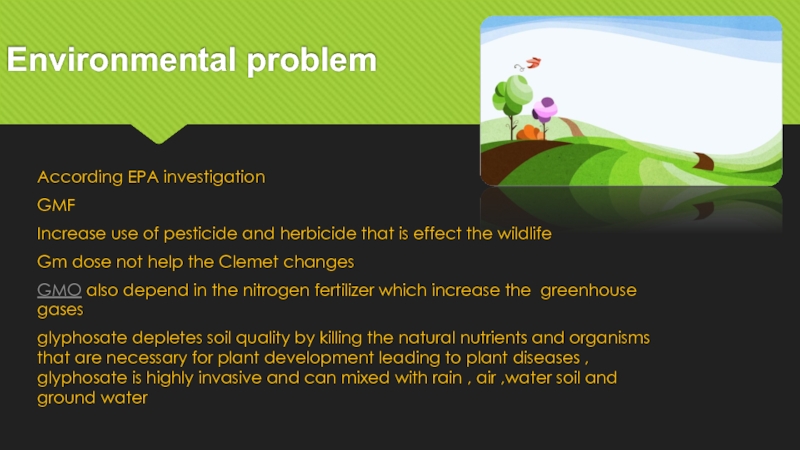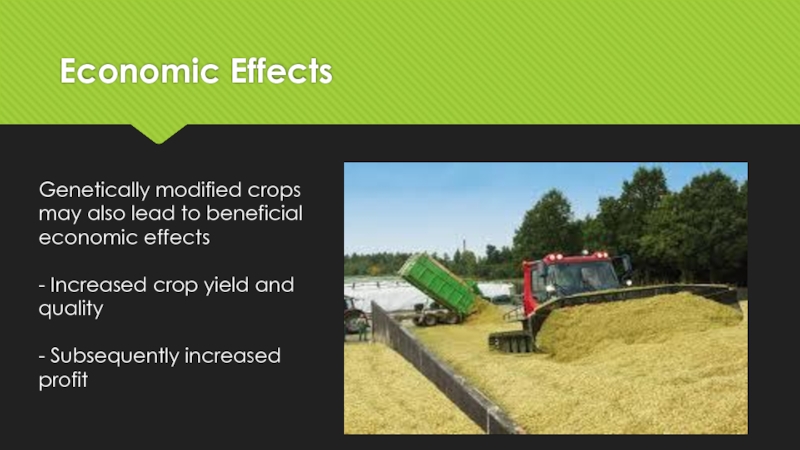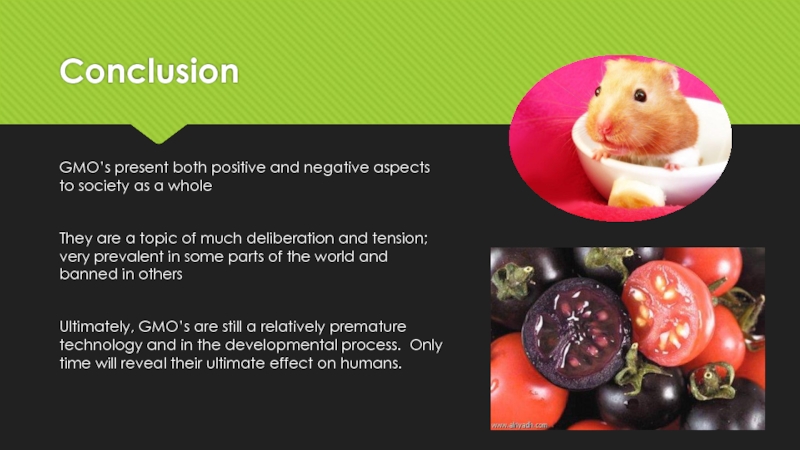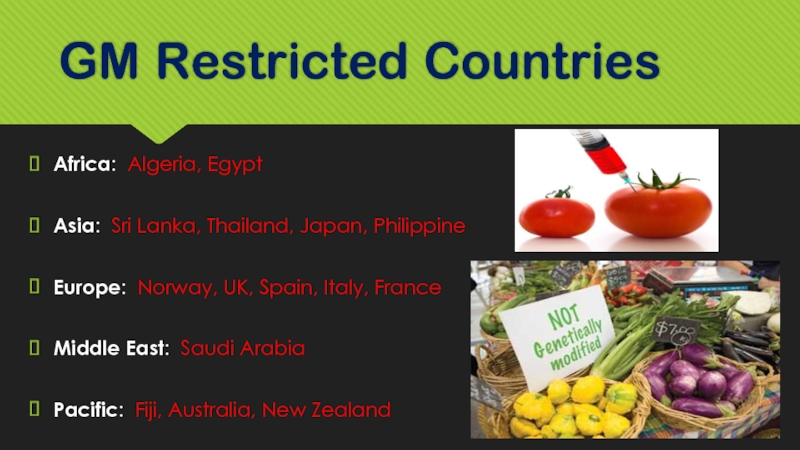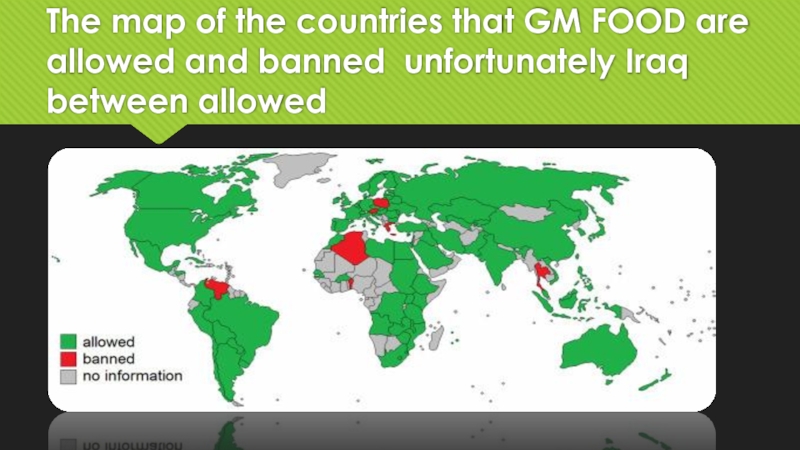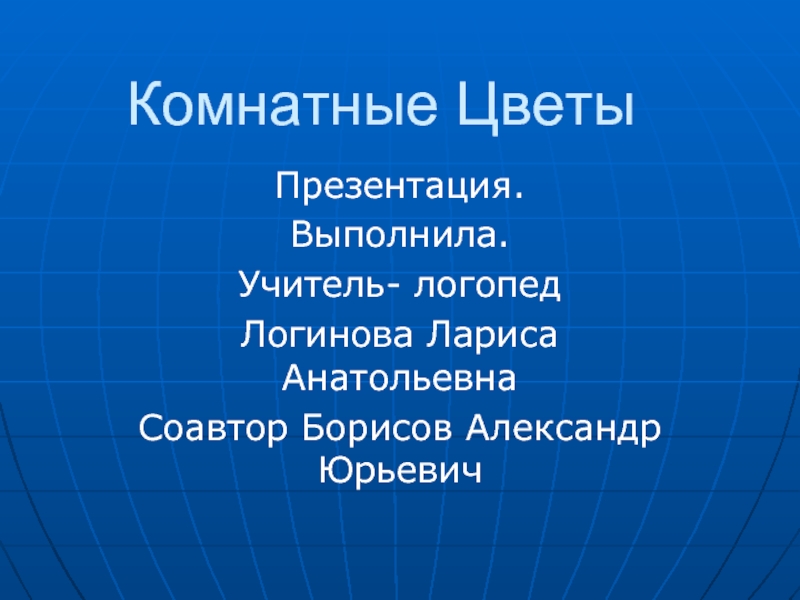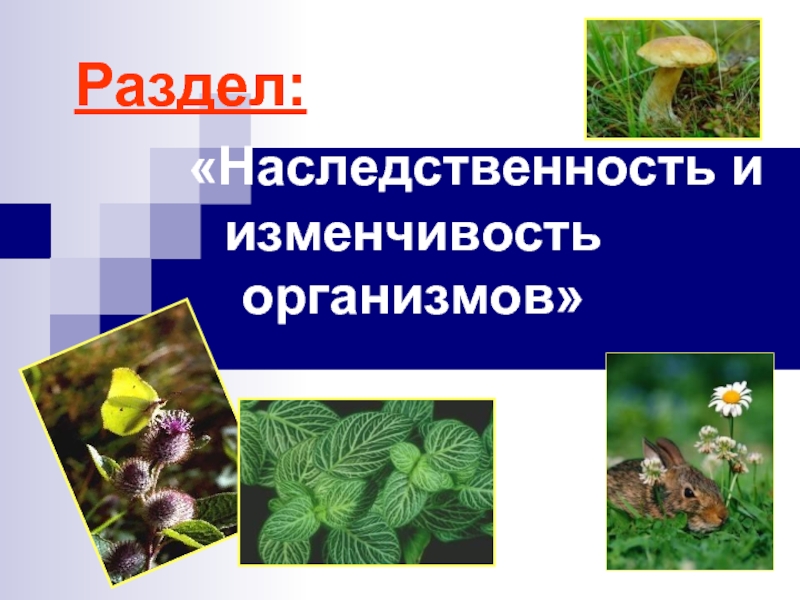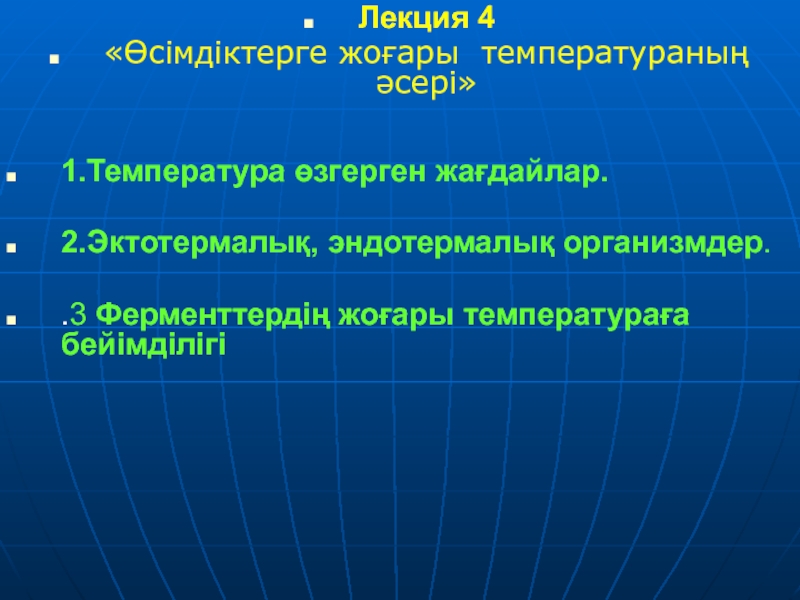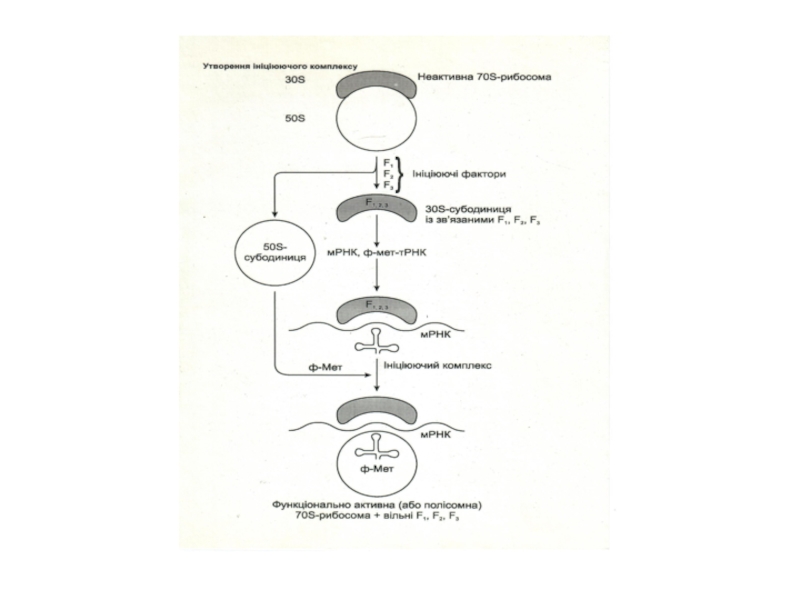- Главная
- Разное
- Дизайн
- Бизнес и предпринимательство
- Аналитика
- Образование
- Развлечения
- Красота и здоровье
- Финансы
- Государство
- Путешествия
- Спорт
- Недвижимость
- Армия
- Графика
- Культурология
- Еда и кулинария
- Лингвистика
- Английский язык
- Астрономия
- Алгебра
- Биология
- География
- Детские презентации
- Информатика
- История
- Литература
- Маркетинг
- Математика
- Медицина
- Менеджмент
- Музыка
- МХК
- Немецкий язык
- ОБЖ
- Обществознание
- Окружающий мир
- Педагогика
- Русский язык
- Технология
- Физика
- Философия
- Химия
- Шаблоны, картинки для презентаций
- Экология
- Экономика
- Юриспруденция
GMF презентация
Содержание
- 1. GMF
- 2. GENETICALLY MODIFIED ORGANISMS Genetically modified organisms
- 3. History of GMO 1982
- 4. The promise of genetic modification , when
- 5. In 1983, the first transgenic plant, a tobacco plant resistant to anti-biotics was created
- 6. . Commercially, four genetically modified crops dominate
- 7. US Revenues From Major GM Crops
- 8. EXAMPLES OF GM FOODS Corn Rice Tomatoes
- 9. Here are seven of the dangers that
- 10. How are the potential risks to human
- 11. DISADVANTAG Reducing biodiversity GMO is
- 12. Environmental problem According EPA investigation GMF
- 13. Economic Effects Genetically modified crops
- 14. Conclusion GMO’s present both positive and negative
- 15. GM Restricted Countries Africa: Algeria, Egypt
- 16. The map of the countries that GM
Слайд 2GENETICALLY MODIFIED ORGANISMS
Genetically modified organisms (GMOs) we can define it
The technology is often called “modern biotechnology “genetic engineering”.
It allows selected individual genes to be transferred from one organism into another, also between non-related species.
Слайд 3History
of GMO
1982 First transgenic animals (mice) produced.
1990
1993 Regulations for deliberate release of genetically engineered organisms.
Genetically engineered tomato marketed in USA.
2004, genetically modified crops were being grown by 8.25 million farmers in 17 countries
The 1980’s marked the scientific discovery that specific pieces of DNA could be transferred from one organism to another , This became the basis of the genetic modification process.
In 1983, the first transgenic plant, a tobacco plant resistant to anti-biotics was created
Some Revolutionary Periods
Слайд 4The promise of genetic modification , when scientist discovered that the
1- introduce nutrients and vitamins to enrich foods
2- improve crop protection
3- in order to create or enhance desirable characteristics from the same or another species”
4- introducing natural pesticides and insecticides through genetic manipulation decreases using of chemical pesticides & insecticides
5- to produces higher yielding, heartier plants that are more adaptable to soils and climates and require less water to grow
Слайд 6. Commercially, four genetically modified crops dominate global biotech agriculture
soybeans accounting
maize accounting for 23% of GM crop area
cotton accounting for 11% of GM crop area
canola accounting for 6% of GM crop area
Слайд 8EXAMPLES OF GM FOODS
Corn
Rice
Tomatoes
Rapeseed
Honey
Cotton
Soybean
Sugar Cane
Canola
Potatoes
Cattle
Papaya
Squash
Слайд 9Here are seven of the dangers that have been discovered by
1. Food Allergy Symptoms Increase Dramatically
2. Bodily Toxicity Increases
3. Negative Reproductive Effects
4. Negative Effects To Digestive System
5. Unknown Genetic Effects On Humans
6. Death of insect and some of animal
7. Mutation
Слайд 10How are the potential risks to human health determined?
Human health risk
Genes resistant to antibiotics e.g. dangerous disease transmittable to humans
Some carcinogenic properties causing cancer (long term effects)
Toxic compound (glyphosphate in Roundup) harming development in children and adult
The golden rice with more beta-carotene has too much of a pigment called xanthophylls, and the rice with less glutelin has more of the protein proclaim, which can be an allergen.
Ethical concern (Religious)
Money cost approbation
Antibiotic resistant
Resistant weed
Слайд 11DISADVANTAG
Reducing biodiversity
GMO is the uncontrolled process because the site
The mutation that occur during the genetically engineering can lead to many unexpected changes in a resulting crops such as
1- poor crops performance 2- alteration in food’s nutritional content
3- toxic & allergnic effects
Not safe process Very little testing has been done on GM foods.
genetic engineering is a new field, and long term results are unclear
funding only given to tests which show positive results.
Слайд 12Environmental problem
According EPA investigation
GMF
Increase use of pesticide and herbicide that
Gm dose not help the Clemet changes
GMO also depend in the nitrogen fertilizer which increase the greenhouse gases
glyphosate depletes soil quality by killing the natural nutrients and organisms that are necessary for plant development leading to plant diseases , glyphosate is highly invasive and can mixed with rain , air ,water soil and ground water
Слайд 13
Economic Effects
Genetically modified crops may also lead to beneficial economic
- Increased crop yield and quality
- Subsequently increased profit
Слайд 14Conclusion
GMO’s present both positive and negative aspects to society as a
They are a topic of much deliberation and tension; very prevalent in some parts of the world and banned in others
Ultimately, GMO’s are still a relatively premature technology and in the developmental process. Only time will reveal their ultimate effect on humans.
Слайд 15GM Restricted Countries
Africa: Algeria, Egypt
Asia: Sri Lanka, Thailand, Japan, Philippine
Europe: Norway,
Middle East: Saudi Arabia
Pacific: Fiji, Australia, New Zealand
